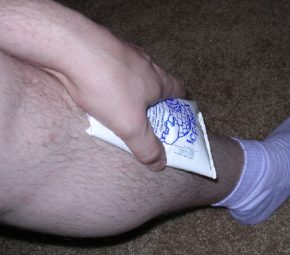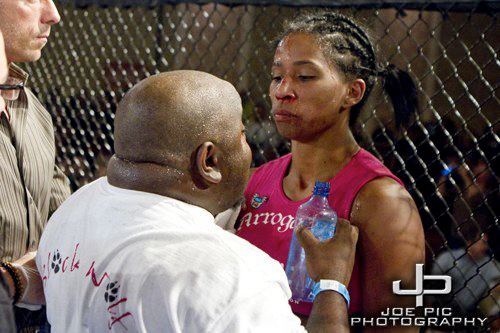This post may contain affiliate links to products or services which, if you purchase, may result in my earning commissions at no additional cost to you.
Written by Dr. Beau B Hightower
MS, DC, CSCS, CES, FMS-C
The dreaded Lisfranc injury has been known to end the seasons of athletes of all ages. A noted victim of late was Jaguars’ running back Maurice Jones-Drew who was lost for the 2012 season after having his ankle and foot trapped under another player during a running play.
The injury itself is a dislocation and sometimes fracture of one of the metatarsal bones as this bone is literally separated from the tarsal bones. Essentially, the base of one of the middle toes is dislocated from the bones of the structurally more compact and stable bones of the mid-foot. What does this mean? Typically this means a lengthy stay in a boot and occasionally surgical interventions if the fracture is unstable.
The Lisfranc injury is named after the 19th century French surgeon Jacques Lisfranc de St. Martin, who first described this foot injury in 1815. This injury can occur in fighters as the foot is stepped on, torqued against the cage, or caught under the body during ankle submission attempts.
Typically the second toe is dislocated laterally and this can be seen on x-ray imaging and by clinical evaluation by a licensed practitioner.
Clinical guidelines dictate that if the dislocation is less than 2 millimeters, the foot can be treated by casting or by placing in a boot for 6 weeks. The ligament can be partially or completely torn, and if it is completely torn, the dislocation must be reduced by surgical procedure.
This often puts the athlete out of action for over 3 months. Some athletes never return to their pre-injury levels of sport after these injuries. Despite excellent surgical reduction and fixation, arthritis may occur from the damage to the cartilage. This may result in chronic pain and may require fusion in the future.
It is crucial to rule out other types of mid-foot injuries such as Morton’s neuroma, plantar neuroma, plantar fascitis, and impact type injuries such as acute tenosynovitis and contusions before diagnosing as Lisfranc’s. Most of these less acute injuries can be cured with braces and wraps. You can find many of these Foot Rockers, Wraps, Sleeves and Supports online.
As with all types of injuries, it is very important to consult with your local healthcare practitioner to ensure proper diagnosis and treatment. Remember, while rare, missing a Lisfranc injury can not only cost you a season, but potentially a career if not treated in an appropriate manner.
Disclaimer: This article is for educational purposes only. If you have a medical condition, it is prudent that you seek medical evaluation by a properly qualified and licensed practitioner.
Dr. Beau Hightower is a former collegiate athlete and avid fight fan. He serves as the President of Elite Ortho-Therapy and Sports Medicine LLC, the premier sports injury resolution center in New Mexico. He serves on the Board of Directors for Parker University and their Alumni Association.
Elite-OSM.com




